
1. Anna Rebecca Hall Roosevelt, one of the most beautiful and socially ambitious women of Gilded Age New York, made Eleanor feel unwanted.

1. Anna Rebecca Hall Roosevelt, one of the most beautiful and socially ambitious women of Gilded Age New York, made Eleanor feel unwanted.
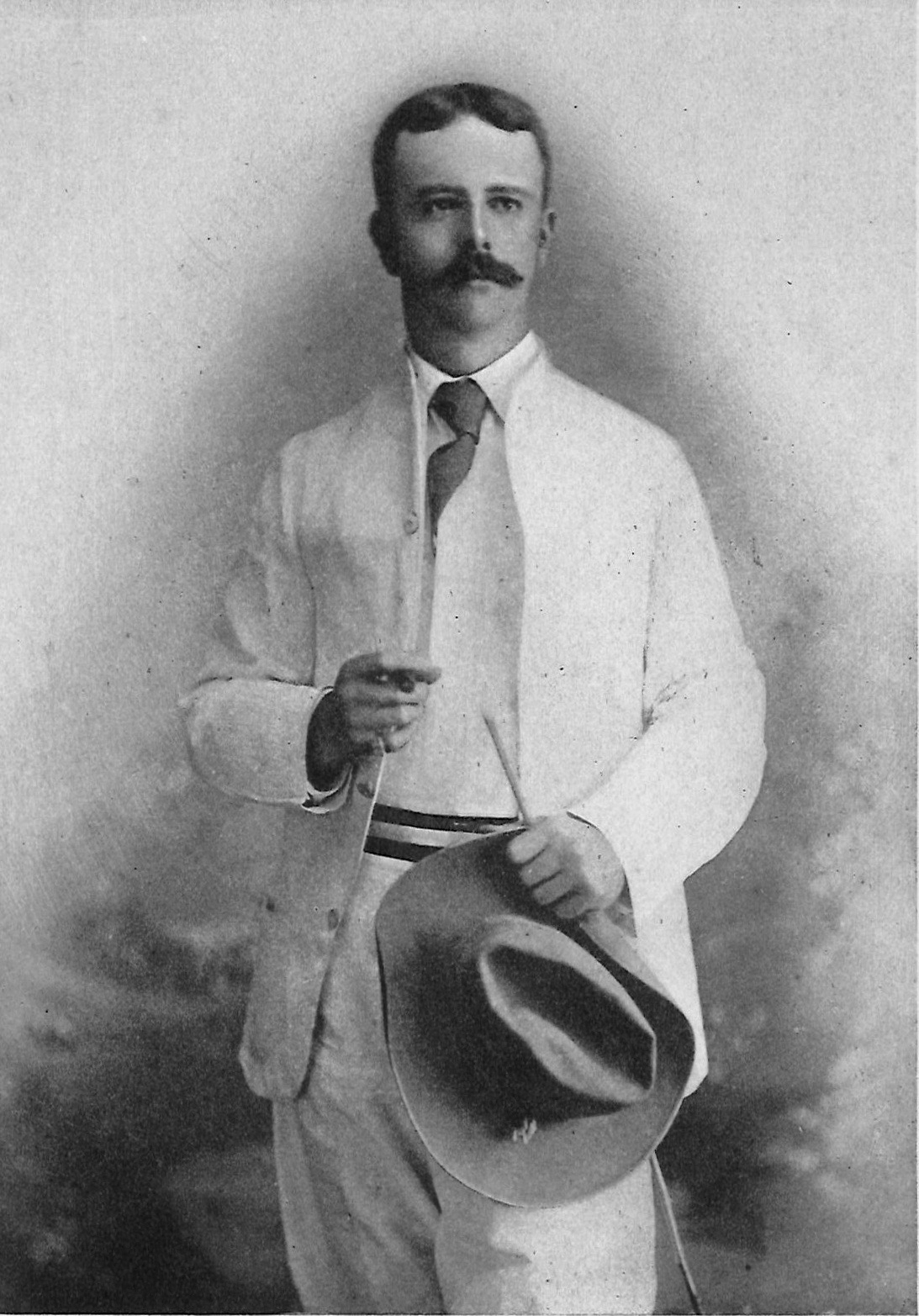
2. Elliott Bulloch Roosevelt, the charming younger brother of Theodore Roosevelt, was Eleanor’s hero.

3. Cruelly called “Granny” by her mother, Eleanor was “Little Nell” or “Father’s Little Golden Hair” to her smitten dad.

4. May 1887: Anna and Elliott, with three-year-old Eleanor, were sailing for Europe aboard the Britannic (at right), when a collision with the Celtic killed five passengers, injured scores of others, and came close to sinking both ships.

5. When Elliott Roosevelt’s addictions killed him at thirty-four, Eleanor visualized the quietly commanding person she would one day create for herself to help manage the recovery of the nation under Franklin.

6. Elliott Jr., Eleanor’s younger brother (at left), succumbed to diphtheria at age three—the same infection that had killed their mother five months earlier, leaving Eleanor and her youngest brother, Gracie Hall, not yet two, to be raised by Grandmother Hall.

7. Grandmother Hall (Mary Livingston Ludlow Hall, at left) and Aunt Tissie (Elizabeth Livingston Hall Mortimer, at right), photographed circa 1915 with Eleanor (standing) and her daughter Anna.

8. President Theodore Roosevelt at Sagamore Hill, the family home on Cove Neck, Oyster Bay, New York, 1905. Uncle Ted so wholly approved of his favorite niece that he took his daughter Alice to task for “gallivanting with Society and for not knowing more people like Eleanor.”
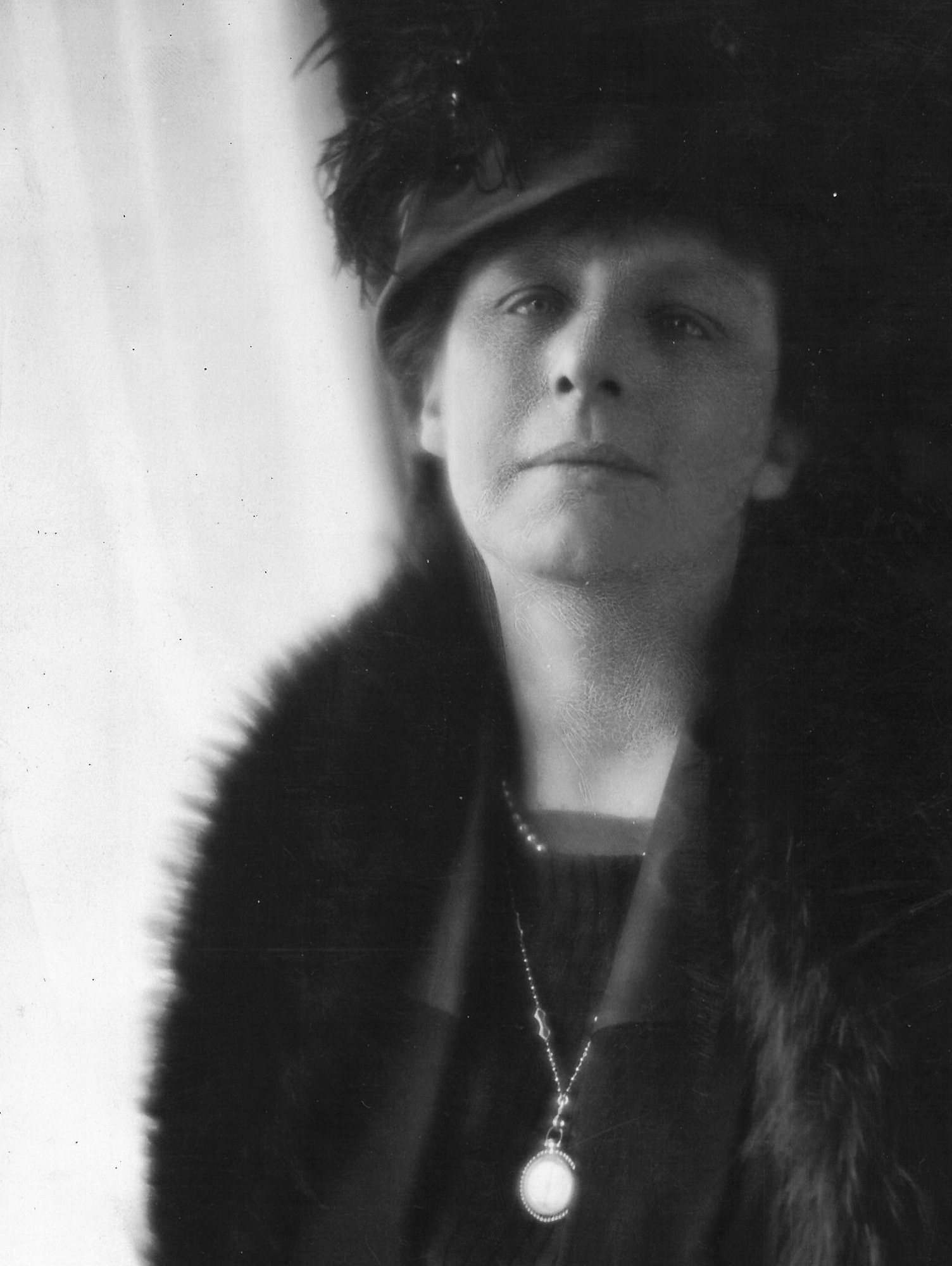
9. Auntie Corinne (Corinne Roosevelt Robinson), Eleanor’s father’s younger sister and defender during the worst of his binges, demonstrated an unwavering confidence and faith in Eleanor.

10. Cousin Franklin (Franklin Delano Roosevelt, fifth cousin) at about the time he asked Eleanor to dance at Auntie Corinne’s young people’s holiday house party.

11. Eleanor (middle of back row) at Allenswood School, Wimbledon Park, Southwest London, 1900.

12. Eleanor in new suit, 1900, while remaining for the summer with Aunt Tissie and the Mortimer family, St. Moritz, Switzerland.

13. Aunt Pussie (Edith Ludlow Hall Morgan) took it upon herself to shame Eleanor, at sixteen, with the horrific facts of her father’s final days.

14. Eleanor, photographed by Franklin, on honeymoon, Papadopoli Gardens, Venice, June 26, 1905.

15. In Venice, Franklin suffered the first of four honeymoon outbreaks of hives, in addition to nightmares and a perilous sleepwalking episode.
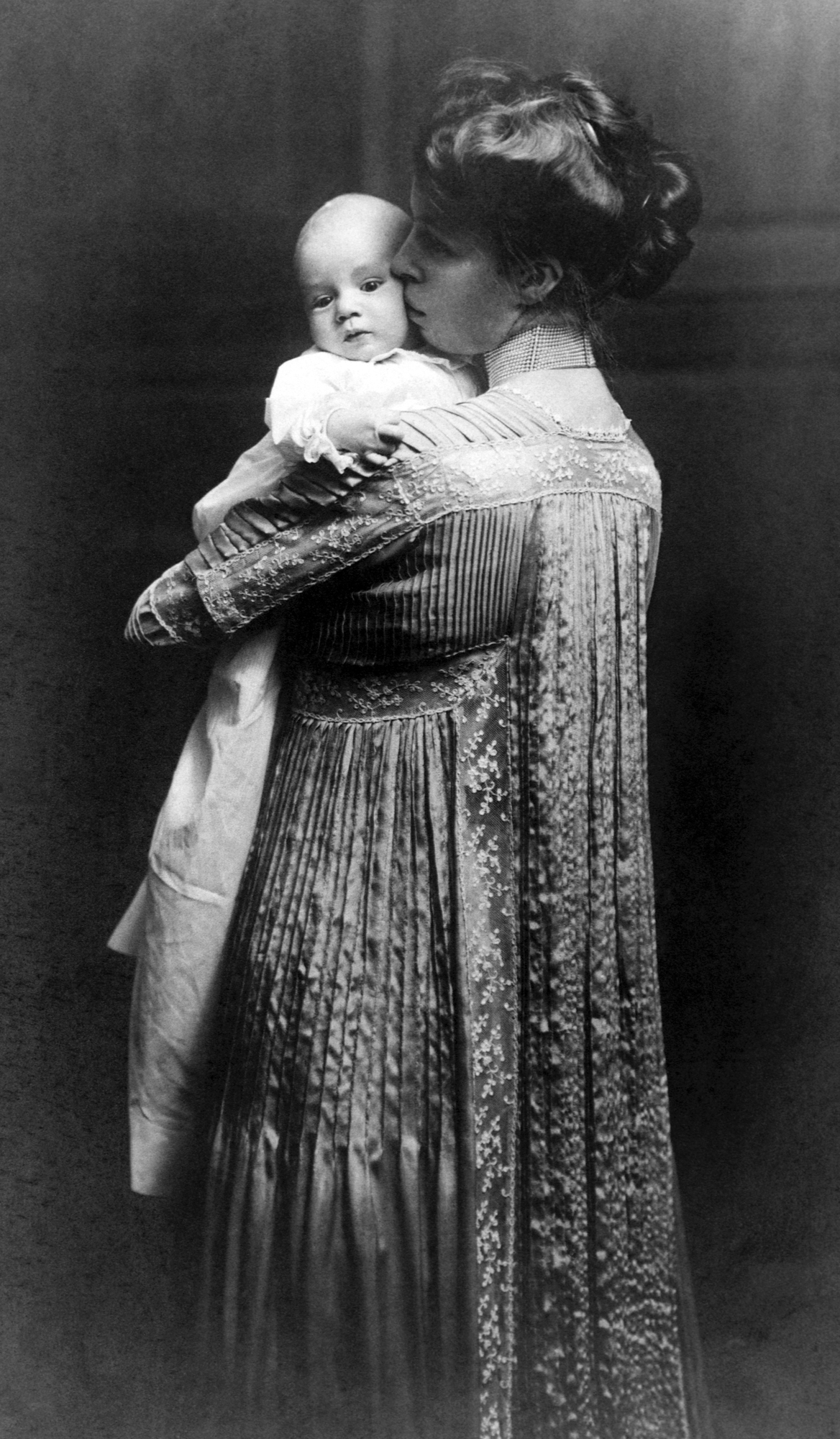
16. Eleanor with Baby Anna, Hyde Park, 1906.

17. With America’s entry into the First World War, knitting became a new form of activism for American women.

18. Under Eleanor’s leadership, 1917–1918, the official knitting service of the Navy Red Cross sent 8,976 articles of clothing to shore stations and men at sea.

19. Lucy Page Mercer, Eleanor’s social secretary, 1913, before Franklin and Lucy became intimates during the summer of 1917.

20. Franklin’s mother, Sara Delano Roosevelt, anchored the family (photographed at Campobello, summer 1919) in the prolonged aftermath of the Lucy Mercer affair.

21. Louis Howe, serving as Franklin’s secretary and principal political adviser, was jealous of anyone who came too close to his boss, including, at first, Eleanor.

22. Joining Franklin’s unsuccessful 1920 whistle-stop campaign for vice president, Eleanor forged an alliance with Howe that became the rock and steel of FDR’s later rise to power.

23. Warm Springs, Georgia, 1924: three years after polio struck, three months before beginning one of the bravest political comebacks in American history. “None of us took him very seriously,” recalled Al Smith adviser Joseph Proskauer.

24. Eleanor, a new voice in Democratic state politics, New York, 1924.

25. Eleanor dressed the part of the New Woman as she and her fellow activists Nancy Cook (second from left) and Marion Dickerman (right) pulled on knickerbockers to organize the 114 counties of New York State.

26. The camera all too often made Eleanor look ugly. State Trooper Earl Miller showed her how to have her picture taken as the dynamic woman she had become.

27. Election Night, November 8, 1932: Franklin, now President-elect Roosevelt, shows Eleanor incumbent President Herbert Hoover’s concession telegram.

28. The first lady of the state of New York, photographed in her bedroom at the Governor’s Mansion, Albany, November 11, 1932, three days after Franklin defeated Hoover for the presidency.

29. Lorena Hickok, the star AP reporter with whom Eleanor began a secret and sexually intimate relationship as she became first lady of the United States.
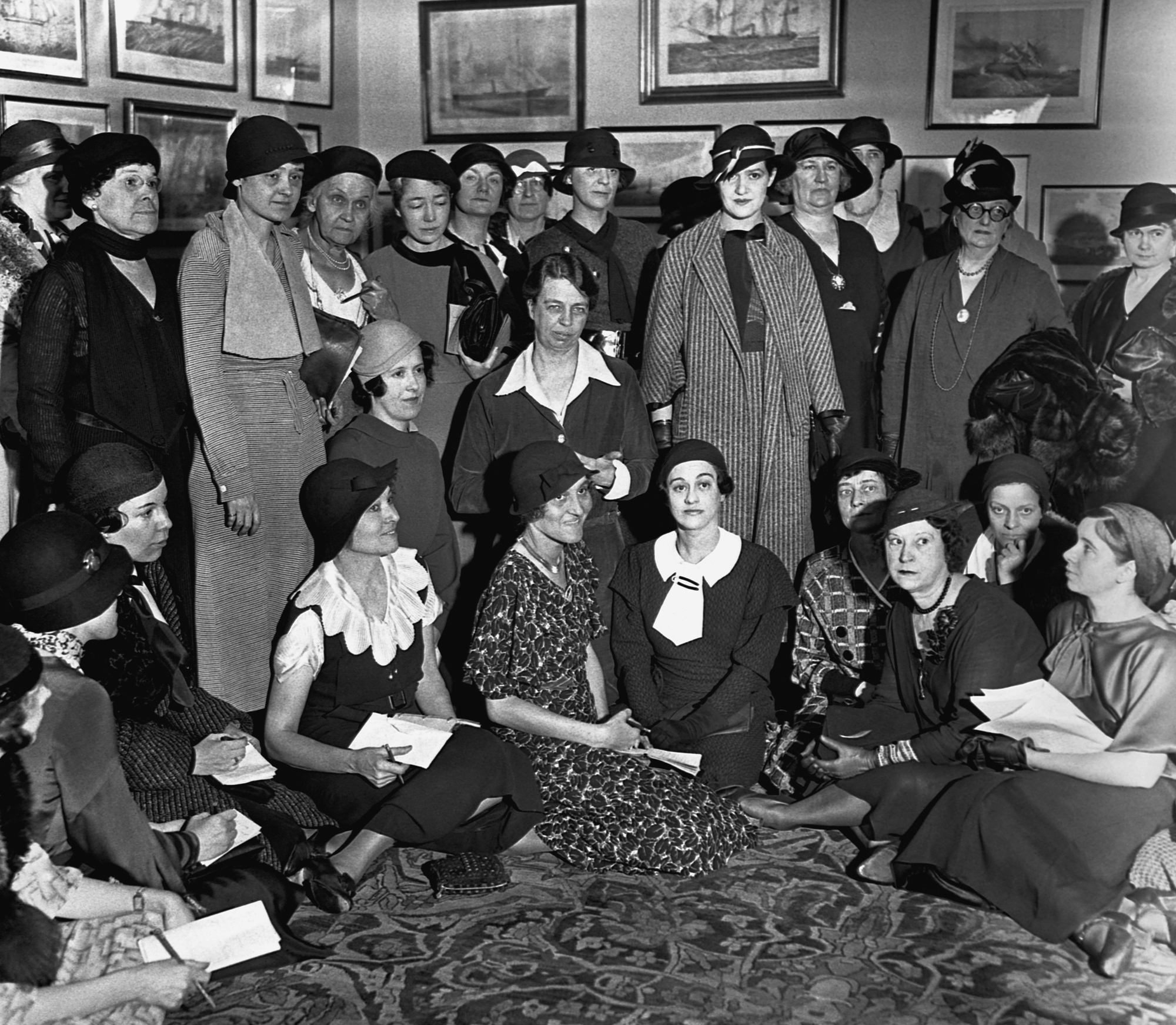
30. Eleanor broke with—and also upheld—many White House traditions. In 1933, she brought women and women’s issues into Washington’s daily news cycle.

31. Through her syndicated newspaper column Eleanor connected with four million readers every morning.

32. Replying to hate mail about her coast-to-coast lecture tours: “I have never tried to tell other people what they should think, or feel, or do. I have simply tried to show from my own experience and my impressions the things which might be effective or interesting or even helpful to other people.”

33. Eleanor’s embrace of FDR’s relationship with Marguerite “Missy” LeHand (center) paralleled her own emotional liberation from her husband.

34. Eleanor visits the Winn family in a new Public Works Administration model house in the poorest section of Christiansted, St. Croix, U. S. Virgin Islands, March 12, 1934.

35. Nancy Cook and Eleanor show support for the National Recovery Administration code for shorter work hours and higher wages at the Val-Kill Furniture Workshop, July 1933.

36. Eleanor resigned from the Daughters of the American Revolution when the organization refused to allow Marian Anderson to sing in Constitution Hall, but she was unable to attend the April 9, 1939, concert on the steps of the Lincoln Memorial.

37. On February 9, 1940, Eleanor testified (another first for a first lady) before the congressional subcommittee of Thomas D’Alesandro, Jr., father of the future speaker of the House Nancy Pelosi.

38. Eleanor met Joseph P. Lash in 1939 when he was a radical student organizer testifying before Congress. Lash later became Eleanor’s official biographer.

39. Eleanor flew to the Democratic National Convention in Chicago and, with a few notes in her handbag, brought a hall of defiant delegates to heel with her “no ordinary time” speech, July 18, 1940.

40. Sara Delano Roosevelt was unhappy to have no official rank or place at White House state dinners; to keep the peace, Eleanor often yielded her high place at the president’s table.

41. Eleanor’s brother Hall, photographed with FDR in 1931, drank himself to death in September 1941. Eleanor never felt able to be the loving surrogate he needed.

42. Three months before the attack on Pearl Harbor, Eleanor began work with New York mayor Fiorello La Guardia as codirector of the Office of Civilian Defense, the first official governmental position held by a first lady.

43. Entertaining soldiers on White House Lawn, June 12, 1942.

44. ER with Lieutenant General Millard F. Harmon (left) and Admiral William F. Halsey in the South Pacific, September 15, 1943.

45. Visiting wounded GIs in the South Pacific, Eleanor made a point of meeting as many American soldiers as she could, including Japanese-American servicemen.

46. Greeted by Japanese-American internees at the Gila River “Relocation Center,” accompanied by Dillon S. Myer, director of the War Relocation Authority, Arizona, April 23, 1943.

47. FDR’s funeral procession, from Union Station to the White House, April 14, 1945.

48. Eleanor, flanked by Anna and Elliott, Truman in the shadows, at FDR’s burial in the Rose Garden, Hyde Park, April 15, 1945.
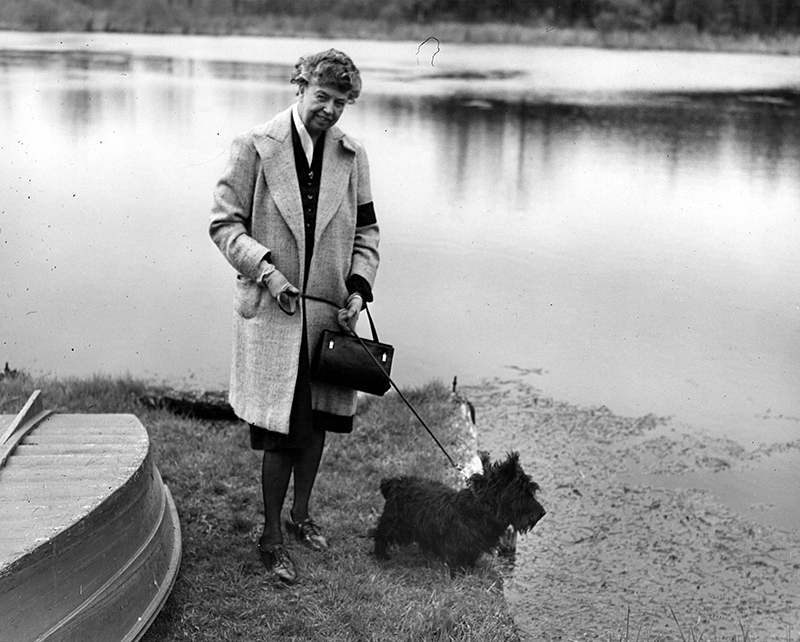
49. ER walking Franklin’s famous Scottie, Fala, at Val-Kill, 1946.

50. Advising President Truman, April 12, 1946.
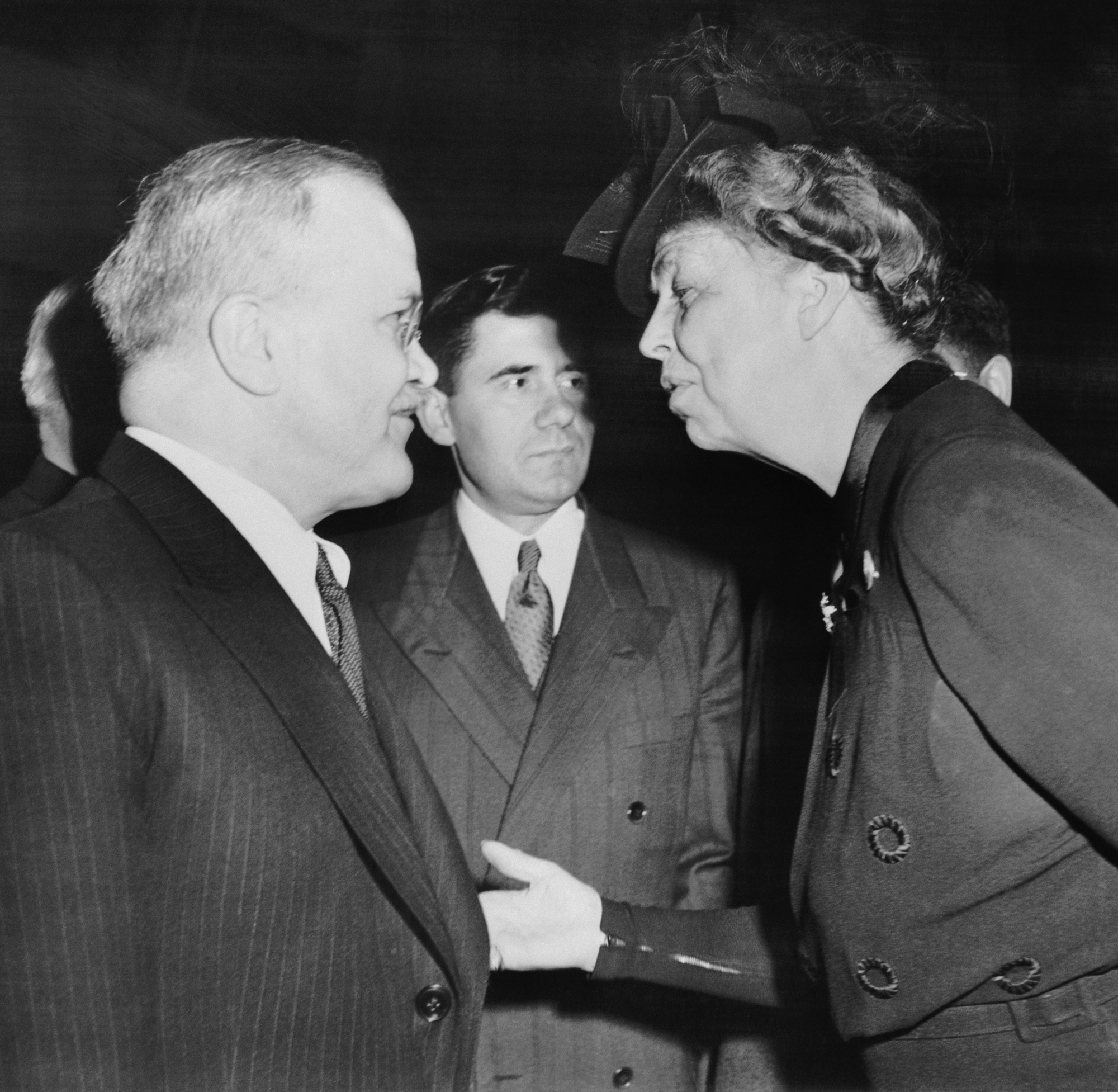
51. ER greets (at left) Vyacheslav M. Molotov, Soviet foreign minister, and (center) Andrei A. Gromyko, Soviet delegate to the United Nations, before the opening of the UN General Assembly, October 23, 1946, New York City World’s Fair building.

52. The NAACP leadership, (from left) Dr. James McClendon, Walter White, Roy Wilkins, and Thurgood Marshall. Eleanor joined the organization’s national board in 1945.

53. Opening the 1947 session of the United Nations General Assembly at Flushing Meadows, New York.

54. Dr. David Gurewitsch, the love of Eleanor’s later life, 1947.

55. David and Eleanor, Israel, 1952, at the start of their trip to Iran, Pakistan, and India.

56. Eleanor (photographed in 1957) wearing the necklace strung with the claws of the tiger her father shot in India, south of Hyderabad, in 1881.

57. Adlai E. Stevenson was Eleanor’s kind of man in private, because he needed her, but as Democratic nominee for president in 1952 and again in 1956, Stevenson’s strengths became weaknesses that disappointed her.

58. Eleanor preparing to address the Democratic National Convention, Los Angeles, July 13, 1960.

59. ER and her Prospects of Mankind producers broadcast from the White House, March 1, 1961, as President John F. Kennedy announced the start of the Peace Corps.

60. Four presidents, John F. Kennedy, Lyndon B. Johnson, Harry S. Truman, Dwight D. Eisenhower—and three First Ladies—attended Eleanor Roosevelt’s burial in the Rose Garden, Hyde Park, November 10, 1962.